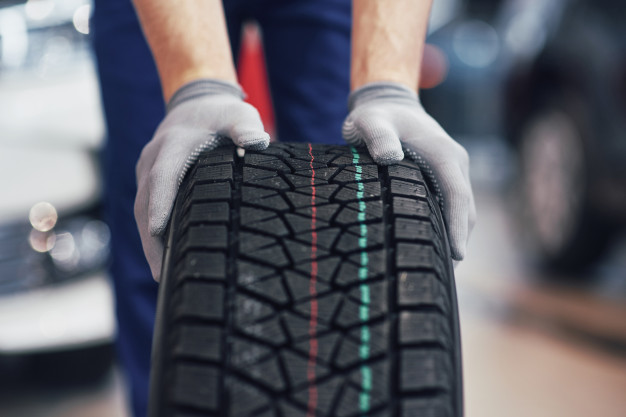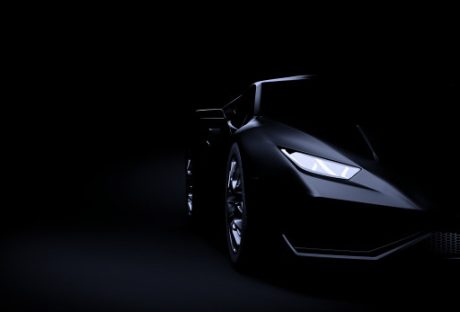Choosing the best wheels and tires for your vehicle can be one of the most confusing tasks. There are a lot of options available in the market.
Some tires are branded while some tires are homegrown but do you know how to choose the best tires for your vehicle like Wheelfire? If not, then I suggest you read this article to the end to find out.
As you have clicked on the link to my blog, I am gonna presume that you are a car junkie. So since you are a car junkie, you must know that the road is like the wild west. You never know what is coming up the road.
So it is very crucial to choose the best wheels and tires for your vehicle so that your tire lasts long and gives the optimum level of comfort while driving.
So without wasting any further time, let us take a look at the steps to choosing the best set of wheels and tires for your ride.
How To Choose The Best Wheels And Tires For Your Vehicle

These are the five easy steps that will help you choose the best wheels and tires for your vehicle.
1. Choosing Tire Size
Tire Size is the most important factor; it basically determines how your vehicle is going to behave. To judge the size of your tire, locate a placard on the driver’s side door, which shows the tire size.
For instance, if it reads P215/65 R15, it means the numbers and letters denote your tire’s width, the height compared to the width, and the diameter. By seeing this, you can judge the size of your tire.
2. Original Equipment V New Brand
You might think this part is a little tricky, but actually, it is not. When it comes to replacing your tires, the best decision would be to go with the brand that came with your car.
I ask you to do so because you are accustomed to the way your ride feels. If you go for some other brand, then you might feel a little weird while driving your car.
3. Comfort and Handling

Aren’t these two the reasons why you actually fell in love with your ride in the first place. In the words of Gene Peterson, tire program manager for Consumer Reports, tires define one’s vehicle’s personality.
You should choose a tire that is not just the right size but also optimized for good handling and braking. All in all, choose tires that do not make much noise and are comfortable.
4. Keep An Eye On The Tires
You should never wait for your tire to be worn out completely. You should always keep an eye on your tires. I would suggest you place a quarter into the tread of your tire. If the quarter is even with the tread, then it is okay; otherwise, it is time to buy a tire.
It is always recommended to research the tires you are going to buy. Check for ratings and reviews of the tire company. If the reviews and ratings are positive, only then select the tire company; otherwise, choose some other tire brand that has good reviews and ratings.
5. Deciding Between All-season, Winter, Or Summer tires
In this part, you need to decide which season’s tires you want. These seasonal tires are separated into three sections.
● Summer tires
These particular kinds of tires are best suited for performance driving. It feels best when they are applied to sports cars. They provide a good grip in warm temperatures on dry roads.
● Winter tires
These tires are made of pliable rubber compounds that are meant to work the best in the winter season, i.e., cold temperature. Apart from that, they also have deeper slits.
● All season tires
It is the most popular kind of tire, and it is suited for all seasons, as the name suggests. You can use these kinds of tires throughout the year.
Final Thoughts
There you go, now you know how to choose the best wheels and tires for your vehicle in 5 easy steps. I hope you have found this article to be informative and have gained some value in your life. Comment below if you have any questions or feedback.






















